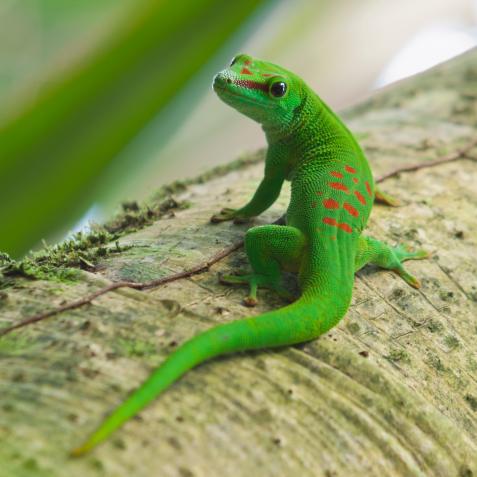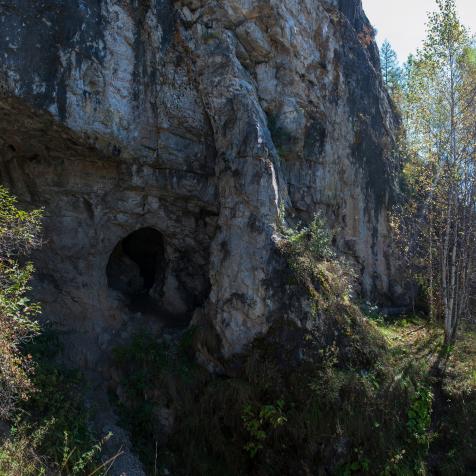
Photo Credit: Mac's Mission
Narwhal: The One With Two Waggly Tails?
Meet Narwhal, an adorable pup with two tails. But how did this anomaly happen? Read on to learn more.
Narwhals are beautiful sea mammals with one distinct characteristic: a single tusk that gives them the look of a unicorn. So, when a tiny puppy abandoned in the cold and picked up by Mac’s Mission Rescue in Missouri with a tiny tail growing from between his eyes, he practically named himself. After a trip to the vet to make sure there was no medical reason to remove Narwhal’s “horn”, he was given the all clear—the tail can stay!
With fame comes the questions and Narwhal’s little tail has caused quite the ruckus in the veterinary community around the world. Many experts think that this cute irregularity was caused by a genetic mishap in the womb and that it is quite likely that this tail is the remnant of a Parasitic Twin. Though this phenomenon is super rare, it is not out of the question. Other doctors claim it could be caused by a chemical issue during development. We will likely never know the true cause of this cuteness.
The founder of Mac’s Mission, Rochelle, has seen it all; but this is the first time she has ever seen a puppy with two tails. She created this rescue for special needs animals with all different characteristics and she embraces Narwhal’s differences. She has had hundreds of potential fur-ever homes reach out about adopting Narwhal since he went viral, but she has recently decided that she can’t part with the pup. He will make his home at the Rescue and be among his other special friends. He may even train to be a therapy dog!


















